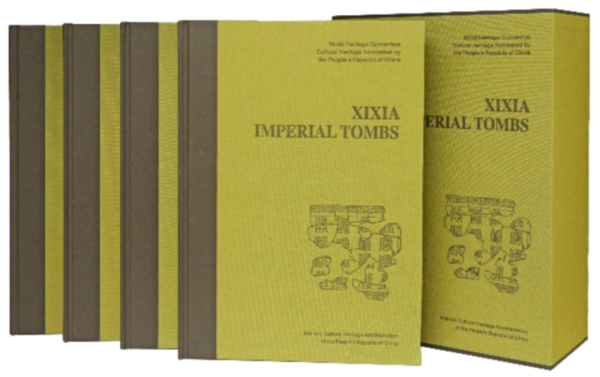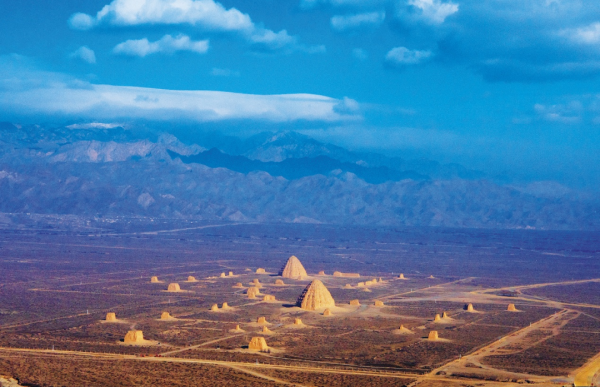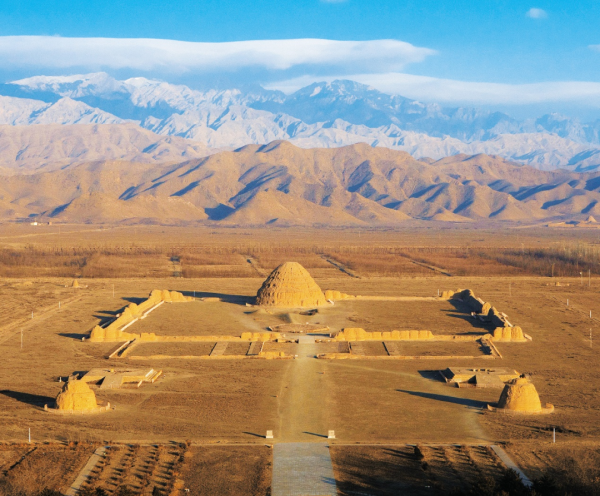On July 11, the Xixia Imperial Tombs achieved a significant milestone by being added to the prestigious UNESCO World Heritage List as China’s 60th of such distinction.
The Architectural History Institute of the China Architecture Design and Research Group, a subsidiary of China Construction Technology Consulting Co., Ltd. (CCTC), played a key role in the inscription process. Under the guidance of China’s National Cultural Heritage Administration, the institute formed a multidisciplinary team that combined academic research with engineering expertise to successfully navigate the complex of the heritage nomination process.
Over the course of 15 years, the team completed nearly 20 essential components required for the successful inscription, including the full set of nomination dossiers, conservation plans, exhibition engineering, and the site museum, providing a comprehensive, cross-disciplinary support system for the project.

Cover of the UNESCO Nomination Dossier for the Xixia Imperial Tombs [Photo/Yinchuan Xixia Imperial Tombs Administration]
A unique witness to a multi-ethnic civilization
Located on the alluvial fan of the Helan Mountains in Yinchuan, Ningxia Hui Autonomous Region, the Xixia Imperial Tombs comprise the royal mausoleum complex of the Western Xia Dynasty (1038–1227), which ruled for nearly 200 years.
Spanning nearly 40 square kilometers, the site includes 9 imperial tombs, 271 accompanying tombs, over 50,000 square meters of ancient architectural remains, and 32 flood control structures. Numerous unearthed artifacts, mainly architectural elements, have also been recovered.

Panoramic view of the No.1 and No.2 tombs of the Xixia Imperial Tombs [Photo/Yinchuan Xixia Imperial Tombs Administration]
Cultural integration and technological innovation
As the most extensive, highest-ranking, and best-preserved archaeological site of its kind from the Western Xia period, the tombs offer compelling testimony to the existence of a multi-ethnic kingdom founded by the Tangut people.

Artifacts unearthed from the site [Photo/Yinchuan Xixia Imperial Tombs Administration]
UNESCO recognized that the Xixia Imperial Tombs meet the criteria for outstanding universal value, with strong integrity, authenticity, and effective protection and management systems. The site remains untouched in its desert setting, and its visual and spiritual connection to the Helan Mountains is fully preserved.

No.3 tomb of the Xixia Imperial Tombs [Photo/Yinchuan Xixia Imperial Tombs Administration]
The successful inscription of the Xixia Imperial Tombs further illustrates the historical trajectory of ethnic interaction, exchange, and integration within the Chinese civilization. It underscores the unique characteristics of Chinese cultural diversity and unity, and offers new evidence for understanding the formation and development of China as a unified multi-ethnic nation.
(Executive editor: Cui Feng)